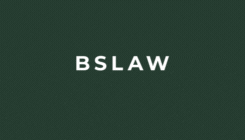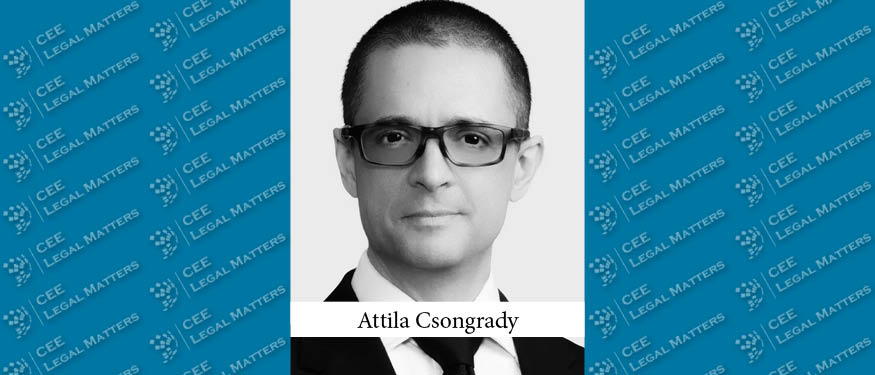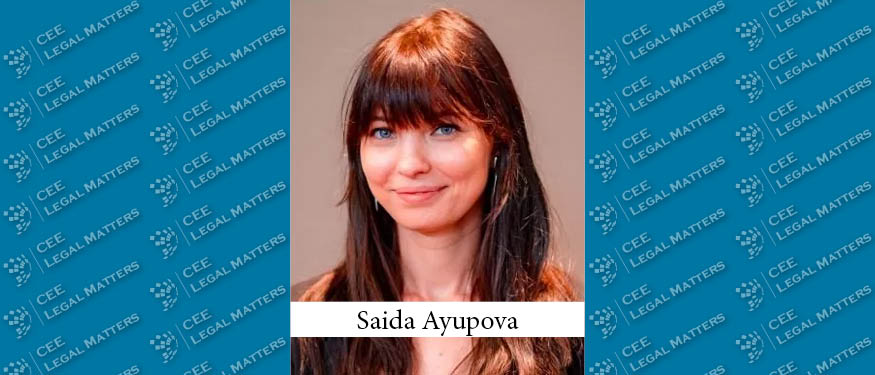The adoption of The Personal Bankruptcy Act ( the“Act“), published in the State Gazette, issue 54 of July 4, 2025, marks a significant milestone in the development of Bulgarian law. This legislative act fills a long-standing gap in the national legal framework, as Bulgaria was until recently the only European Union member state without comprehensive personal insolvency legislation. This lack has led to serious social and economic difficulties for citizens burdened with unmanageable debts, who often find themselves in a permanent state of inability to repay them.
By adopting this law, Bulgaria is also fulfilling one of its key obligations under the National Recovery and Resilience Plan. However, the actual launch of insolvency proceedings will not be possible immediately after its promulgation. The Act provides for a transition period of approximately nine months—until around March 2026—during which its implementation should be prepared, including the Ministry of Justice organizing the launch of a new Insolvency Register. All relevant acts and actions in the insolvency proceedings will be recorded in this register, and only after its launch it will be possible for individuals to file petitions for the opening of such proceedings.
1. Scope and key definitions: Subjects and prerequisites for insolvency
The new law precisely defines its scope to cover individuals who are in permanent financial difficulty, while making important distinctions.
1.1. Prerequisites
The Act states that a debtor is considered insolvent if, for at least 12 months, they are unable to pay debts amounting to more than 10 minimum wages (i.e. more than BGN 10,770 at present).
A key element is the requirement for good faith on the part of the debtor, as defined in Article 9 of the Act. A debtor is considered to be acting in good faith if they assume obligations in accordance with their financial situation and income and if their conduct does not harm the interests of their creditors. The law explicitly lists circumstances in which the debtor is not considered to be acting in good faith, including convictions for crimes against creditors, lack of employment without valid reasons, violations of income reporting obligations, gratuitous dispositions of property of significant value, assumption of obligations clearly disproportionate to income, provision of false information, or obstruction of the trustee.
1.2. Exceptions
The Act does not apply to the debts of sole traders, craftsmen or entrepreneurs – they are subject to the rules of the Commerce Act.
2. Insolvency proceedings: Stages and procedural features
The procedure is largely based on the one for legal entities. This implies its complexity, and we can offer an explanation in a separate inquiry, but the main steps you need to keep in mind are:
(a) The debtor prepares an application and a list of assets, which is submitted to the district court at his current address;
(b) A plan for how the debt will be repaid is attached;
(c) The court may request additional evidence or impose protective measures.
(d) If the conditions are met, proceedings are initiated and a trustee is appointed.
2.1. Initiation of proceedings and provisional measures
Insolvency proceedings are initiated at the request of the debtor. The application to the court must contain comprehensive information about the debtor's employment, insolvency, and assets, accompanied by certain declarations and documents certifying these circumstances. A debt repayment plan must also be attached to the application.
The insolvency court, which is the district court at the debtor's current address, reviews the application and may request additional evidence. Before issuing its decision, the court may, ex officio, grant security by imposing a seizure, prohibition, or other security measures, as well as suspend enforcement proceedings against the debtor's property.
2.2. Opening of proceedings and role of the trustee
Upon establishing the legal conditions, the court issues a decision declaring insolvency, opens insolvency proceedings, allows security measures, and appoints a trustee. The trustee is the person who monitors the fair conduct of the proceedings and makes decisions on behalf of the debtor regarding their property.
Upon commencement of proceedings, the debtor loses the right to enter into new transactions and dispose of its assets without the permission of the trustee, except for current obligations to meet basic living needs. All pending court and arbitration proceedings against the debtor are suspended, and enforcement proceedings are also terminated, with certain exceptions provided for by law.
2.3. Debt repayment plan
A key step is the preparation and adoption of a debt repayment plan. This plan may provide for deferral or rescheduling of payments for up to three years.
The creditors' meeting votes on the plan and the court approves it if the legal requirements are met. The approved plan is binding on the debtor and creditors whose claims arose prior to the decision to open the proceedings.
2.4. Declaration of insolvency and monetization of assets
If no repayment plan is proposed or approved, the court declares the debtor insolvent. With this decision, the debtor is deprived of the right to manage and dispose of the property included in the insolvency estate, and the liquidation of the property is ordered. All monetary and non-monetary obligations of the debtor become due and payable from the date of the decision declaring insolvency.
In insolvency proceedings, all of the debtor's assets are considered—what they own themselves and what they have with their spouse. However, there are some things that cannot be taken away from them, such as their only home, if it is their main place of residence. The law protects what is known as "non-seizable property," i.e., things without which the debtor cannot live normally.
2.5. Distribution of monetized assets and repayment of liabilities
After the liquidation of the assets, the trustee shall prepare an account for the distribution of the available amounts among the creditors in accordance with the order of satisfaction of claims specified in Article 16 of the Act. Claims not asserted in the insolvency proceedings and unexercised rights shall be extinguished if they have not been duly asserted.
3. Consequences of insolvency
The law provides for two main ways of settling the debts of a bona fide debtor in insolvency – by implementing an approved plan or by exhausting the insolvency estate, in which case the court decision leads to the write-off of unsatisfied claims, with the exception of expressly specified non-forgivable debts (e.g., fines, maintenance payments, damages from unlawful injury).
How we can be of help:
The purpose of this article is to provide general information on the subject, and due to its limited scope, some important details are not covered herein. The text should not be construed as legal advice and does not replace individual advice from a specialist.
If you have any questions or concerns about the legal framework, procedures, or specific cases, we are here to provide assistance and advice. Please do not hesitate to contact us for professional advice and support.
By Martin Dimitrov, Senior Associate, Gugushev & Partners, PONTES
















